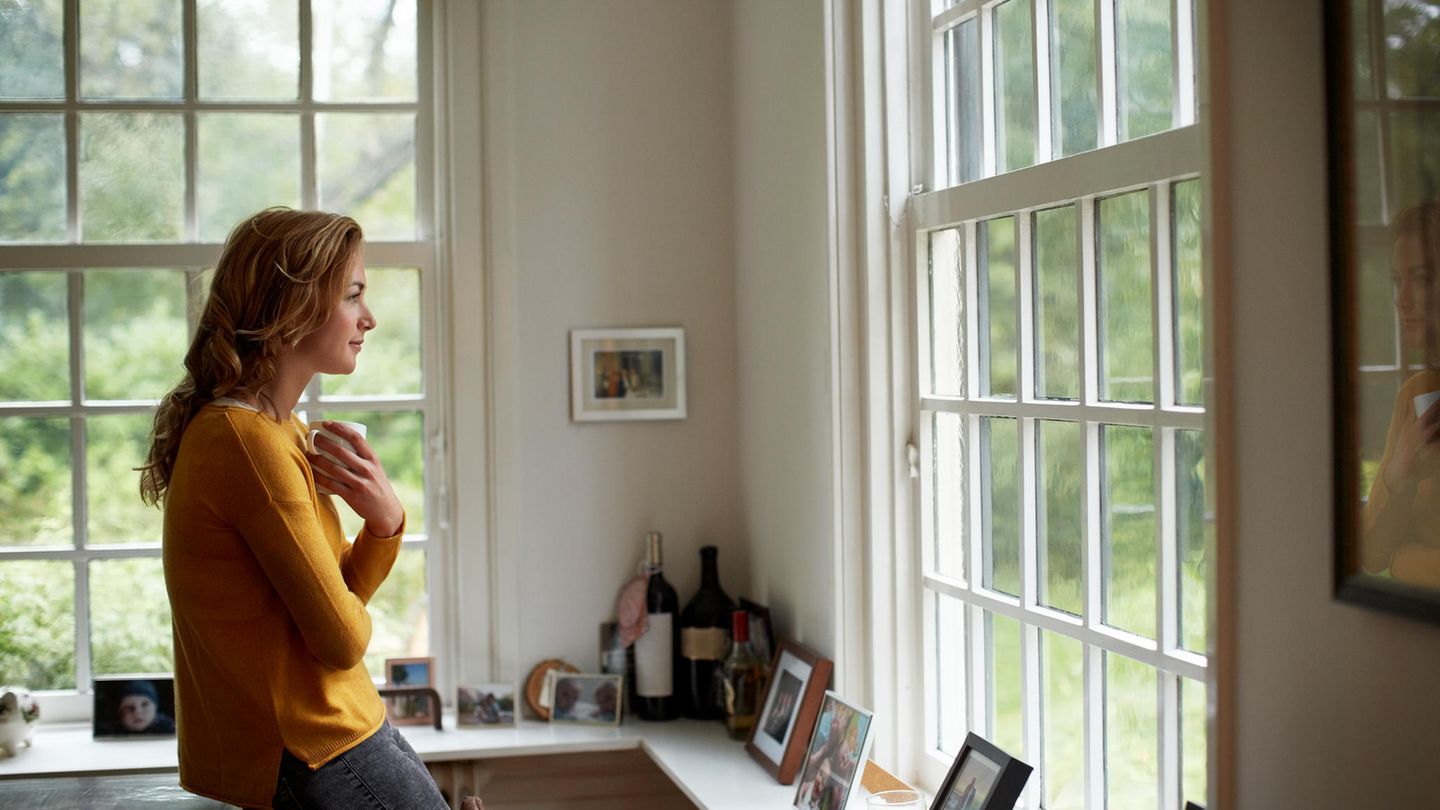Menu
Pause: Why small breaks are so important in everyday life
Categories
Most Read
Happiness Research: Are Young Adults Unhappier Than Before?
October 14, 2025
No Comments
Assets: How to Protect Grandma’s House and Belongings
October 13, 2025
No Comments
Time change again: Why hasn’t it been abolished yet?
October 13, 2025
No Comments
PFAS: Greenpeace warns about eternal chemicals in fish and shellfish
October 13, 2025
No Comments
Anxiety Rings: How anti-stress rings relieve inner restlessness
October 12, 2025
No Comments
Latest Posts

Daddy Yankee visited the Argentine National Team and revolutionized the training before facing Puerto Rico
October 14, 2025
No Comments
PierceI am Pierce Boyd, a driven and ambitious professional working in the news industry. I have been writing for 24 Hours Worlds for over five

Mette-Marit’s youngest son leaves Oslo
October 14, 2025
No Comments
Mette-Marit and Haakon (r.) with Sverre Magnus, Marius and Ingrid (APA/L. Aserud) The Norwegian royal family with King Harald and Queen Sonja. In the background

Middle East: Millions of tons of rubble in Gaza – Hamas wants to keep fighting
October 14, 2025
No Comments
IvanI have been working in the news industry for over 6 years, first as a reporter and now as an editor. I have covered politics
24 Hours Worlds is a comprehensive source of instant world current affairs, offering up-to-the-minute coverage of breaking news and events from around the globe. With a team of experienced journalists and experts on hand 24/7.

